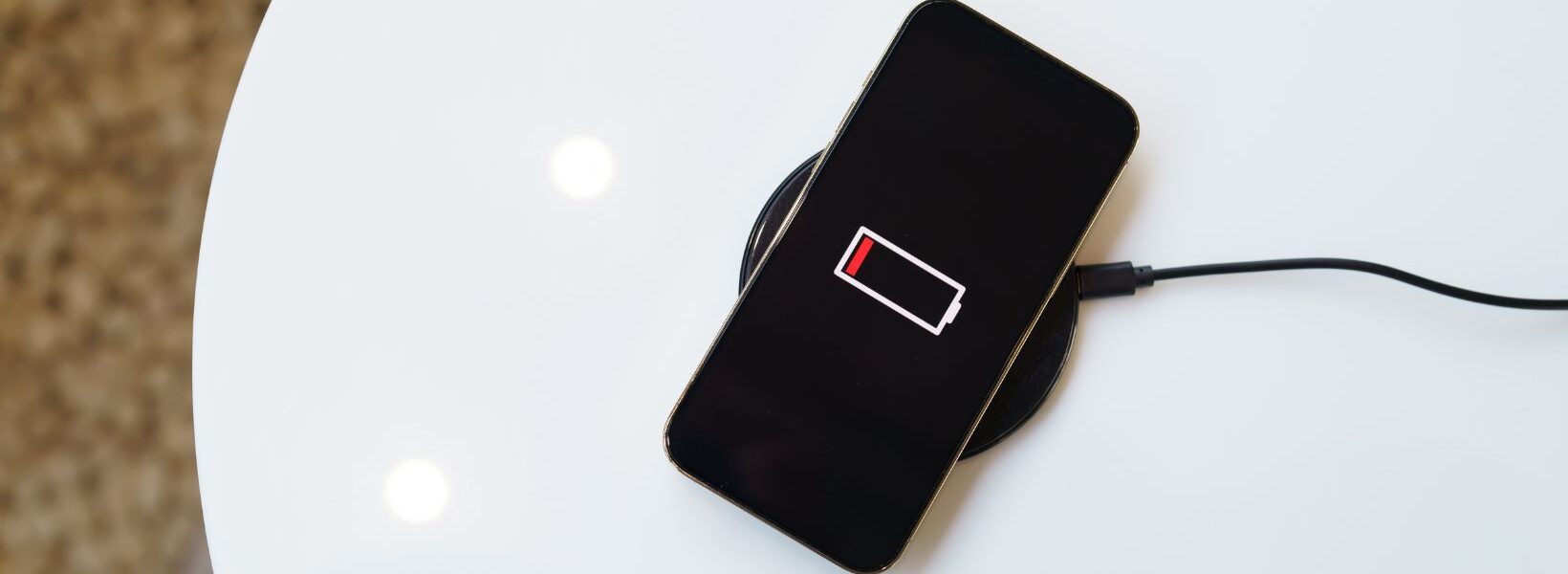Embedding Qi Wireless Charging Panels into Restaurant Chairs for Seamless Device Power-Up
It is hard to imagine a modern meal without a phone somewhere on the table or in a pocket. From capturing food photos to checking messages, today’s diners stay connected at every moment. Yet nothing interrupts that rhythm faster than a low‑battery warning. The Qi standard now powers more than 90 percent of wireless‑charging‑enabled devices worldwide, and in 2022 alone, over 1.5 billion devices shipped with Qi built right in. Awareness has grown sharply, with more than three‑quarters of all smartphone users recognizing the Qi logo and understanding what it means.
Restaurants are joining this movement in large numbers. More than 5,000 hospitality venues already offer some form of wireless charging, and user satisfaction consistently hovers above 95 percent. Diners are not only pleased by the convenience of restaurant chairs having Qi charging, but they tend to stay longer. Some operators have reported dwell times rising by 15 to 20 percent when wireless charging is available. That extra time often leads to more orders, from another round of drinks to a shared dessert, which is exactly why forward‑thinking venues see charging as an investment rather than an expense.
Why Charging in Chairs is the Next Big Leap
Most restaurants start with tabletop charging pads, wall‑mounted stations, or portable battery banks. These work, but they clutter surfaces, take up space, and sometimes create awkward moments as diners reach over one another to plug in. Integrating chargers directly into chairs removes those obstacles. It keeps the technology discreet, almost invisible, yet always within reach.
This approach does more than save table space. Guests can keep their devices close without tangling with menus, drinks, or shared plates. For outdoor patios and sidewalk seating, where power outlets are often nonexistent, a charging‑enabled chair becomes an elegant solution that avoids costly electrical work. Because there are no dangling cables, there is less risk of spills or tripping accidents. And when marketed well, “seat and charge” becomes a signature perk, one that guests will talk about long after the meal is over.
Smart Chair Design for Seamless Charging
The design stage is where modern technology and comfort meet. Placing the charging panel near the armrest or the side of the seat ensures guests can rest a phone naturally without bending into awkward positions. This works for a wide range of chair types, from sturdy hardwood frames to upholstered armchairs used in lounges or fine dining.
To protect the technology, manufacturers use water‑resistant PU leather, sealed laminates, or similar finishes that stand up to cleaning sprays and cloth wipes. Cables are routed through the legs or along internal channels, keeping them invisible to guests while reducing wear. Some designs use foam‑lined housings that absorb small shocks when chairs are moved across hard floors. Clear labels, such as “10 W Fast Charge” printed subtly near the panel, help guests find the charging spot immediately without searching.
Technology That Works Behind the Scenes
Not all wireless charging is created equal. Most Qi transmitters deliver between 5 and 15 watts, but for restaurant use, the sweet spot tends to be 7 to 10 watts. This delivers a steady charge without generating noticeable heat under the seat or in the user’s device. Ensuring compatibility with the Qi 2.0 standard means that both newer and older devices will charge reliably.
Quality control matters here. Certified Qi components protect against over‑voltage, overheating, and interference from foreign objects. Correct coil alignment, within just a few millimeters, reduces energy loss and speeds up charging. Shielding around the electronics prevents interference with restaurant Wi‑Fi, point‑of‑sale systems, and security cameras. Many designers now add a slim LED indicator on the seat’s edge so guests can see at a glance if charging has started, if the device is fully charged, or if something needs adjusting.
Built for the Realities of Restaurant Life
In a busy restaurant, furniture sees more wear in a week than many home chairs do in a year. For wireless charging to work in this environment, every component must be built tough. Panels sit flush with the seat surface behind a hard polymer grid, protecting them from accidental knocks. The materials resist heat, moisture, and the harsher cleaning products that staff often use between seatings.

Security is just as important. Tamper‑resistant fasteners and hidden screws keep the system firmly in place. Auto‑shutoff sensors cut power if a foreign object, such as cutlery or a metal keyring, lands on the charging spot. Premium units are tested to handle thousands of bending cycles and power surges without failing. Many suppliers back their products with warranties lasting two to three years, sometimes offering on‑site service to minimize downtime.
Keeping it Simple for Staff
Even the most advanced technology needs to be practical for everyday use. Modular designs allow a faulty panel to be replaced without removing the entire chair from service. Some units connect to a mobile app via Bluetooth, allowing staff to run a quick check on charging status or firmware updates
Daily upkeep is minimal. A soft cloth to wipe away dust or crumbs is often all that’s required. When repairs are needed, replacement modules use standardized connectors, so no soldering is necessary. Training staff takes only a short session, supported by easy‑to‑follow printed guides or QR codes linking to short demonstration videos. With the right setup, any team member can keep the system running smoothly.
Enhancing the Guest Experience
Convenience is a powerful tool in hospitality. For a business lunch, being able to keep a phone alive means uninterrupted productivity. For families, it means capturing more photos, staying in touch with loved ones, or keeping children entertained while waiting for meals. Guests appreciate the thoughtfulness behind such features, and many will share their positive impressions online.
Social media, in particular, loves these kinds of innovations. A guest might post a photo captioned, “My seat charges my phone while I eat,” tagging the restaurant. These posts often spark curiosity and drive new visitors. Venues that offer chair charging often find guests linger longer, which naturally increases the chance of ordering more food or drinks. In some cases, spending per table has risen by as much as 20 to 25 percent after installation.
Seating the Future: Dining Without Low‑Battery Worries
The integration of Qi wireless charging into restaurant chairs blends elegance with everyday practicality. It fits naturally into the wider shift toward contactless ordering, mobile payments, and digital menus. Restaurants that make this move now will be remembered as innovators who valued their customers’ needs before such features became the norm.
By tracking which seats get the most use, managers can learn more about customer habits and refine their floor plans. Beyond the data, though, the real win is in the experience. Guests relax when they know their devices will stay charged, and they remember that comfort long after they leave. For the restaurant, it means fuller tables, happier guests, and a reputation for forward‑thinking service. In the future, dining will not just be about the food, it will be about the experience of staying connected without interruption. And with charging built into the very seat you sit on, that future is already here.





